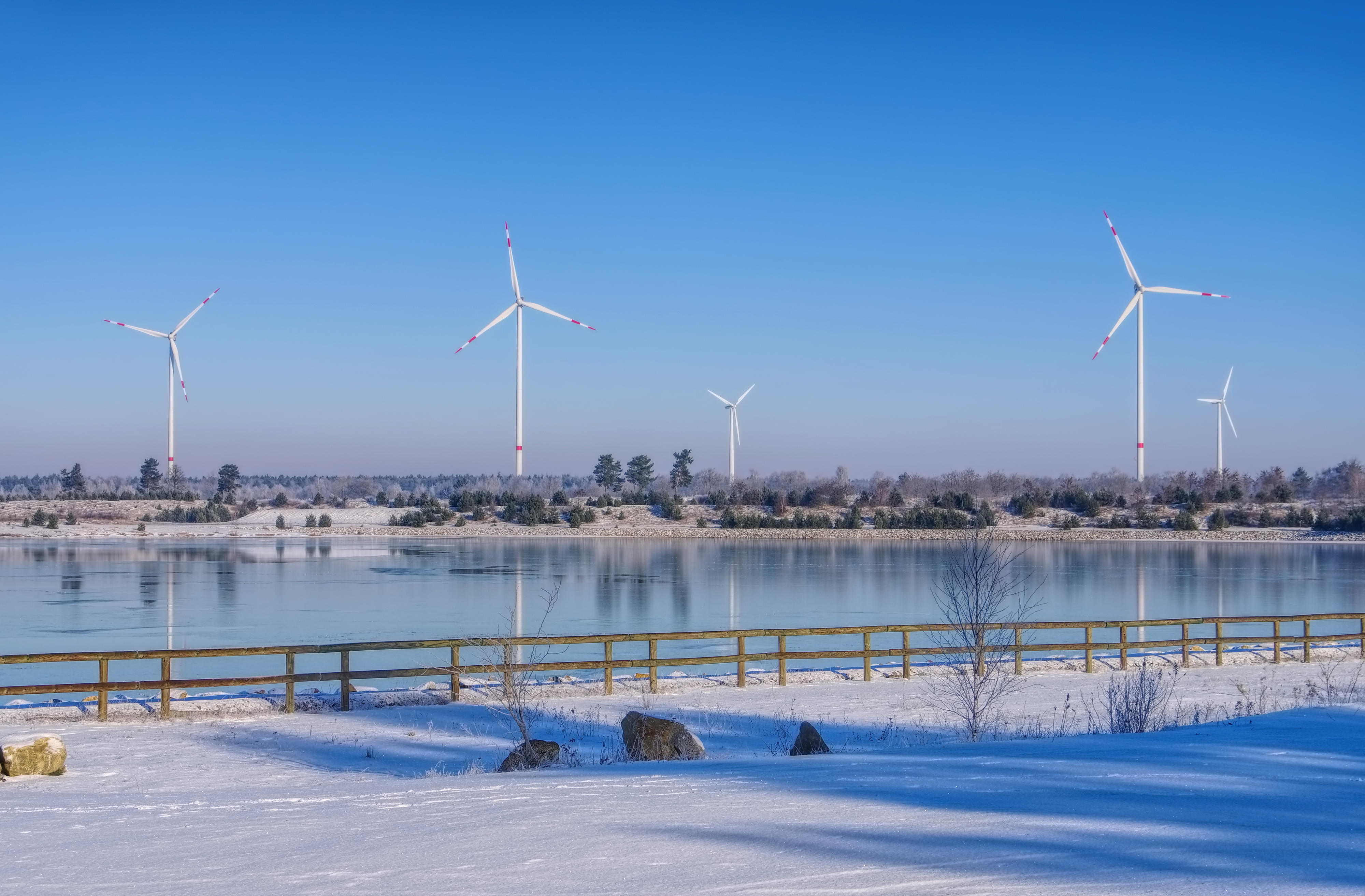Hint: This website is not optimized for your browser version.
Summer electricity generation - renewables at peak levels
August 10, 2017 - The summer months were very kind to the energy transition. Record-feed in in June and July shows that the energy transition is a success story and the share of renewables in electricity generation is growing still.
When the days are especially long and the sun reaches its peak, photovoltaic installations can generate the most electricity. The 2017 summer was full of extremes: People flocked to open-air pools in June, and July will be remembered by many for its heavy rains and thunderstorms. Data on SMARD shows that operators of renewable energy installations really reaped the rewards in the 2017 summer. June was the month with the highest amount of solar electricity fed into the German grid in 2017. From the point of view of all renewable energies, the last weekend of July was particularly good with lots of sunshine and very strong winds. At the same time, consumption in Germany was relatively low, so the share of renewables in June briefly rose to over 95%.
This snapshot shows that the energy system is capable of absorbing high shares of renewable energy. In June and July 2017, the share that renewables accounted for in the German electricity mix increased again, compared to the same summer months in 2016. This June, onshore wind energy installations and offshore installations in the North and Baltic Seas fed in more than twice as much electricity than in June 2016. Putting together those long days, and therefore the high feed-in from PV, renewables reached a share of 43% of total energy consumed according to the figures at the time. This is over 10 percentage points higher than last year’s figure. As in the previous year, renewables accounted for a high share of electricity consumption in July 2017 (37%).
Photovoltaic installations generated more than 5.3 terawatt hours of electricity in the summer month of June in 2017 - an increase of just over 15% compared to the previous year. In July 2017, the feed-in went down slightly when compared to 2016. The bad weather period in the last July week was especially to blame for the less than average feed-in of 100 gigawatt hours a day. To compare: feed-in might even climb to 230 gigawatt hours on a sunny summer day.
The share of generation from conventional sources in the electricity mix went down slightly. Hard coal-fired power stations generated half as much electricity in June 2017 and around a fifth less in July 2017 compared to the same months in 2016. Conversely, flexible gas-fired power plants were used more often, while generation from brown coal and nuclear power plants, which are relatively inflexible, equalled last year’s levels.
